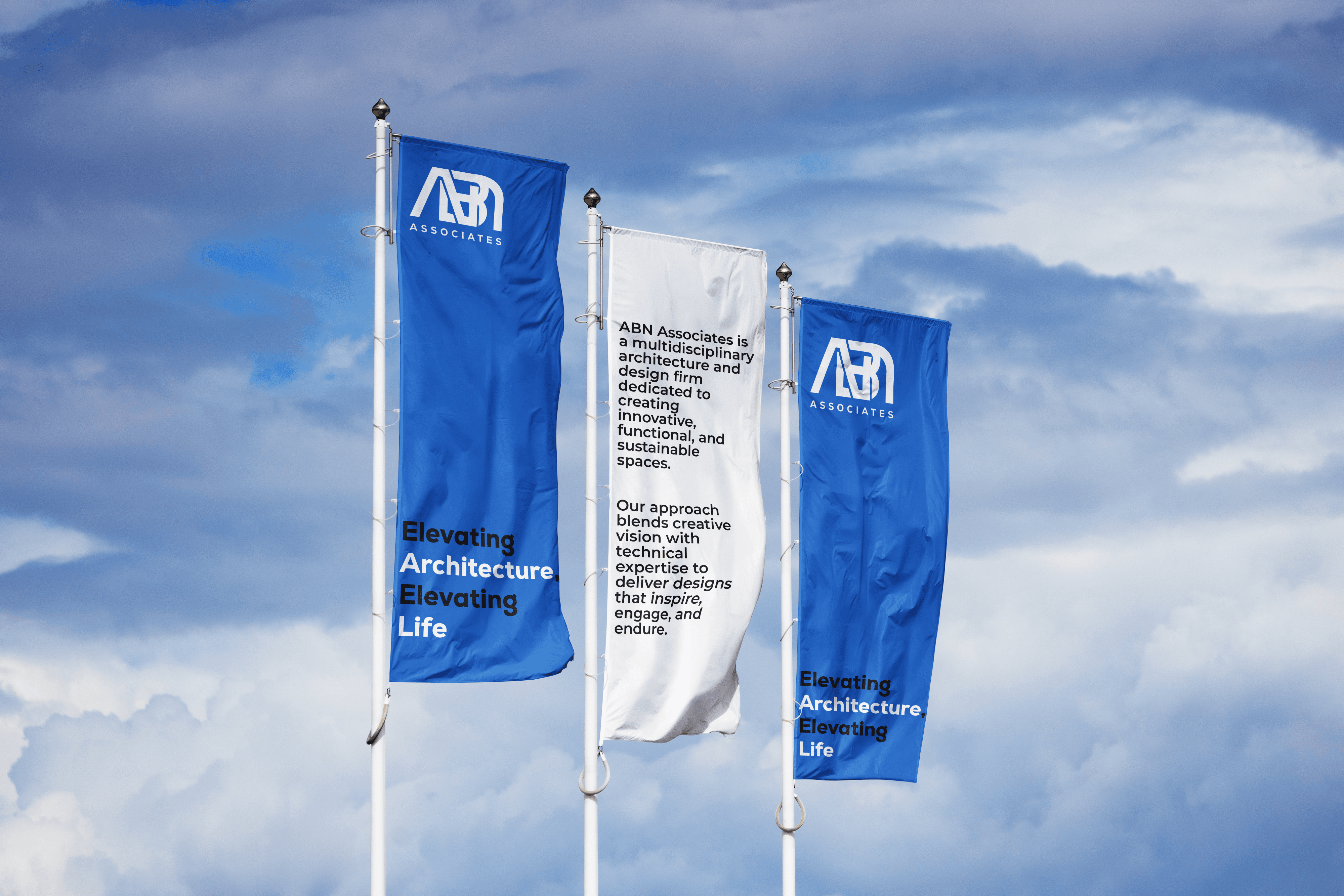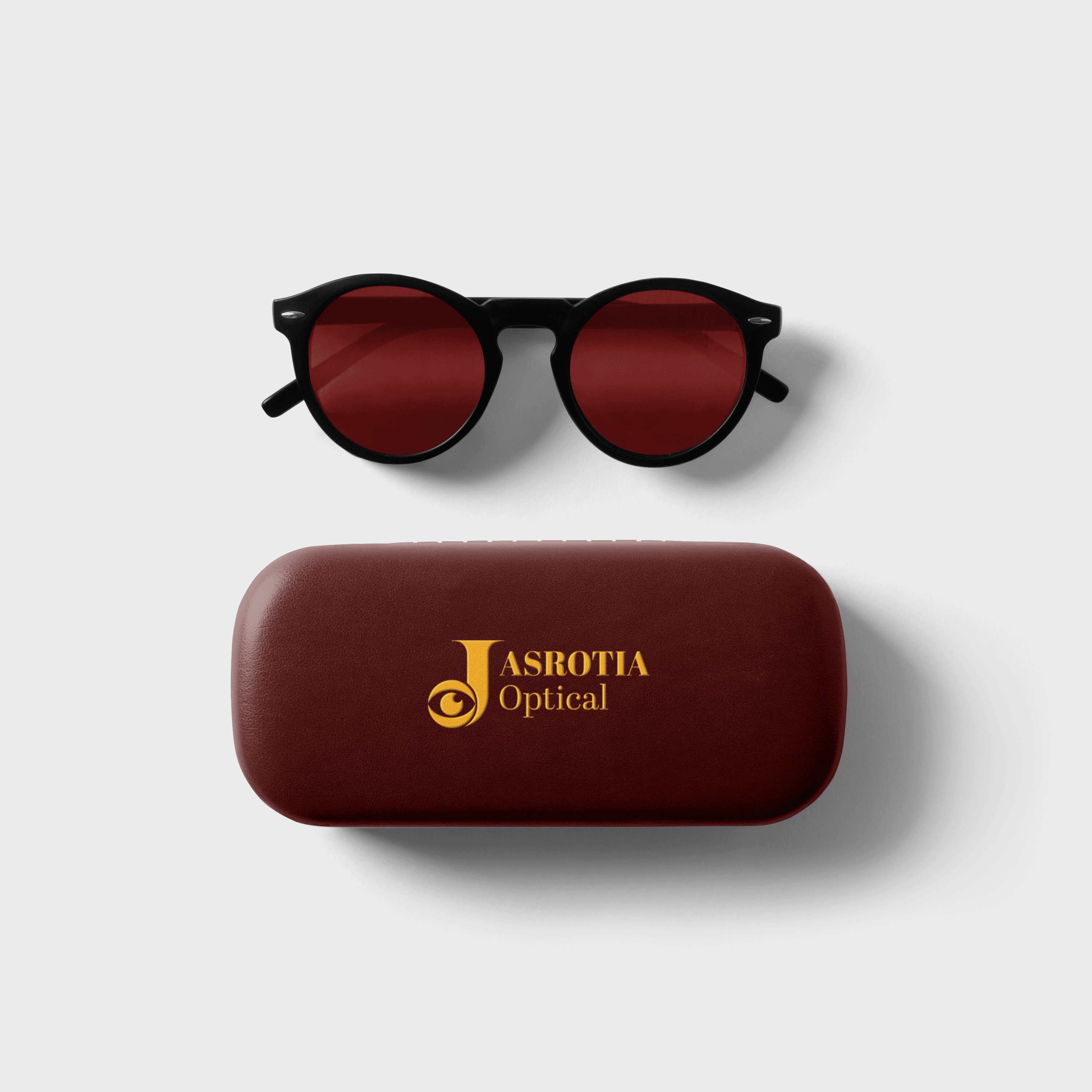Visual Identity ✏️
Visual Identity ✏️
We create powerful real estate branding that defines your identity, builds credibility, and connects with your audience, helping your brand stand out in a competitive market.
We create powerful real estate branding that defines your identity, builds credibility, and connects with your audience, helping your brand stand out in a competitive market.


















Website made for a Financial Advisory firm named Brightbridge Advisors, based in New Delhi.
Branding done for an Interior Designing firm named ABN Associates,
based in Rajasthan.


















